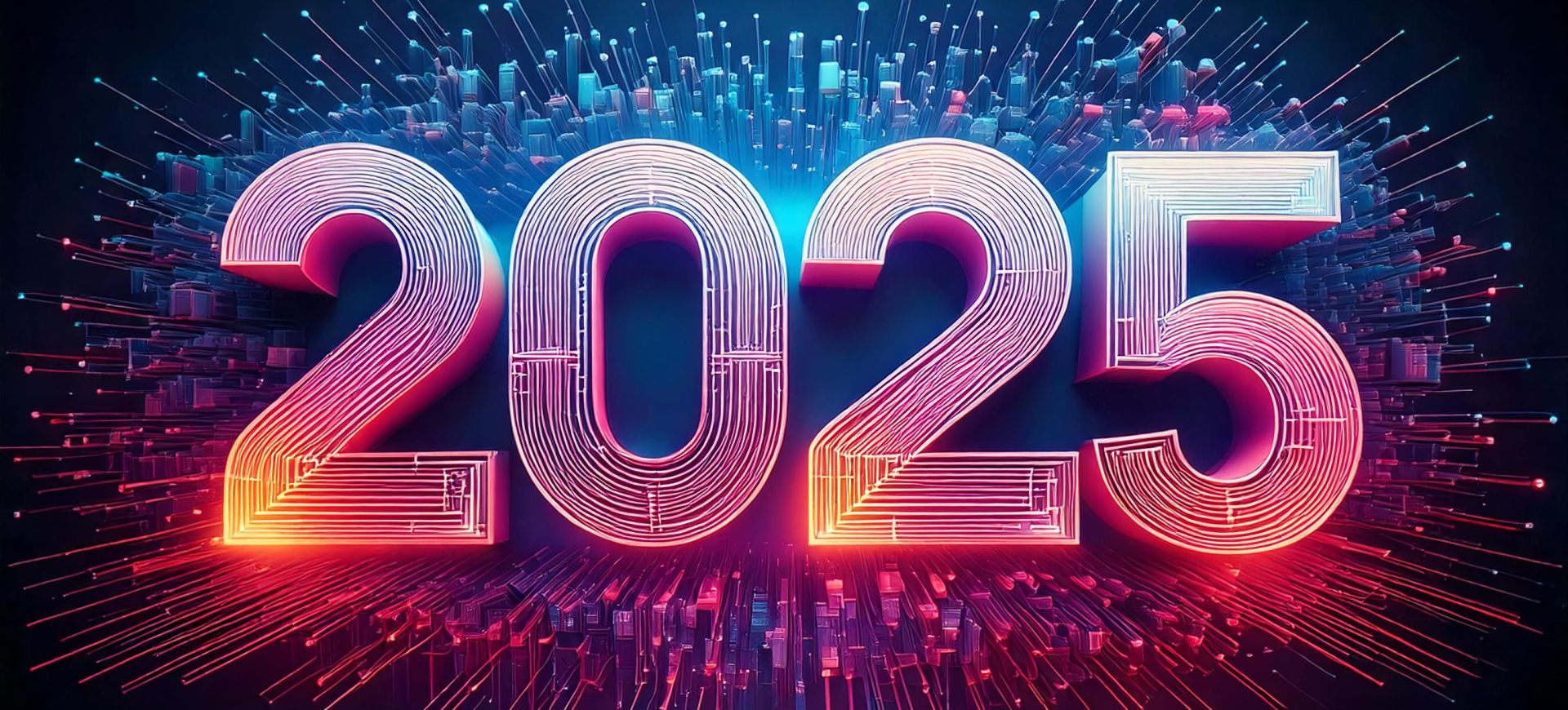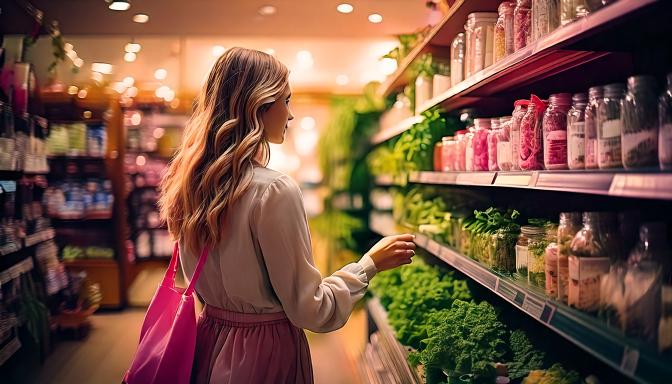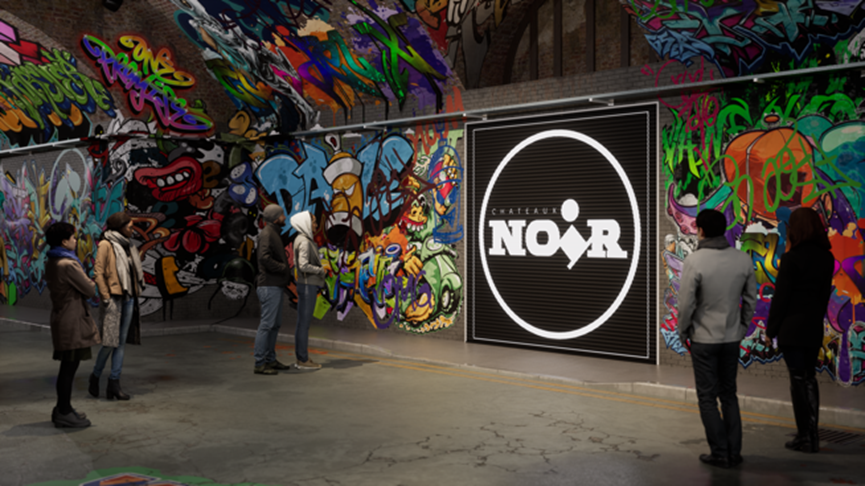6th Dec 2024

6th Dec 2024
Livestreaming has emerged as a powerful tool for e-commerce, revolutionising the industry over the past year. In 2024, this trend transformed commerce in China, with platforms like Taobao Live, WeChat, and Douyin engaging millions through a blend of entertainment and shopping. According to Kantar (2024), live-commerce could account for 20% of retail sales by 2026, driven largely by Gen-Z and Millennials. To capitalise on this, marketers will need to focus on consumer sentiment and brand recall alongside traditional behavioural metrics. Livestream ads are a great way to increase immediate purchases while building long-term brand loyalty.
In the UK, social media livestreaming events are being used to sell products to customers all over the world, primarily on TikTok. Social commerce is breaking down barriers for smaller brands, as proven by cosmetics brand Made by Mitchell, who generated $1 million sales during a 12-hour TikTok livestream. Live-commerce is quickly expanding beyond fast-moving consumer goods into sectors such as fashion and even automotive! This trend is set to be a significant marketing tool for brands in 2025.

In 2025, creator-led communities are expected to play a pivotal role in digital marketing. Creators are taking the lead over brands in building trust and fostering tight-knit communities centred around shared interests such as parenting, beauty, sports and more. The creator economy is projected to grow significantly, with Goldman Sachs estimating its value to reach $480 billion by 2027, almost doubling its 2024 value (Kantar, 2024). These communities offer brands a unique opportunity to connect with audiences, drive loyalty, and enhance brand equity. According to Kantar’s Creator Digest, creator-led content in the U.S. outperforms traditional advertising, making creators with an authentic voice essential for brands aiming to reach consumers in 2025.

As consumers place greater importance on brands that align with their ethical and environmental values, integrating sustainability into marketing strategies has become essential. This means highlighting eco-friendly products, sustainable business practices, and support for social causes. Brands that authentically communicate their commitment to these values build deeper connections with audiences, fostering loyalty and trust. The prevalence of ‘greenwashing’, where brands exaggerate their sustainability efforts, is expected to reduce in 2025 as companies focus on genuinely reducing their carbon footprint and creating sustainable products and practices.

Video continues to be the most engaging content format for digital marketing, with platforms like TikTok, YouTube, and Instagram Reels capturing consumer attention. Short-form videos, live streams, and user-generated content (UGC) are especially effective in driving engagement and conversions. Informative content, such as tutorials, product demos, and case studies not only build credibility but also allow brands to connect with audiences in an educational and entertaining way. This trend will continue to dominate the digital content space in 2025.

In 2025, immersive brand experiences will become a game-changer in how brands engage with consumers. Imagine not just seeing an ad for a coffee brand but stepping into a pop-up cafe where you can fully experience the drink with all your senses. These multisensory experiences go beyond showcasing a product, they invite consumers into an interactive, engaging world. By utilising technologies like virtual reality (VR) and augmented reality (AR), along with live events, brands can create lifelike environments that foster deeper emotional connections and audience participation. These immersive experiences make for a more memorable and meaningful experience than traditional ads.
A great example of this marketing technique is Lidl’s ‘Chateaux Noir’ event, where guests participated in blind wine tastings in total darkness. The experience aimed to challenge the perception that expensive wine is inherently superior to Lidl’s more affordable offerings.
Find out more about this clever immersive experience here.

Another creative example is Coca Cola’s pop-up experience at Chicago’s O’Hare International Airport. This example shows how an immersive experience doesn’t have to be extravagant or over the top. Coca-Cola created a cosy room for United Club members to relax and enjoy a Sprite Cranberry, introducing hundreds of guests to the brand’s latest seasonal flavour.The inviting setup, designed with social media in mind, generated more than 1,200 shared pictures online. This level of organic engagement is challenging to achieve through traditional advertising and marketing methods.
Check out Coca Cola’s holiday pop-up here.

2025 promises to be a year of innovation, personalisation and purpose-driven marketing, with a strong focus on building genuine connections with modern audiences.
If you fancy having a look through the predicted digital marketing trends of 2024, read our blog post here.
What do you think of these emerging trends for 2025? We’d love to hear your thoughts. If you’re interested in using these trends for your own digital marketing strategy, feel free to get in touch with us, we’re here to help!
Sources: